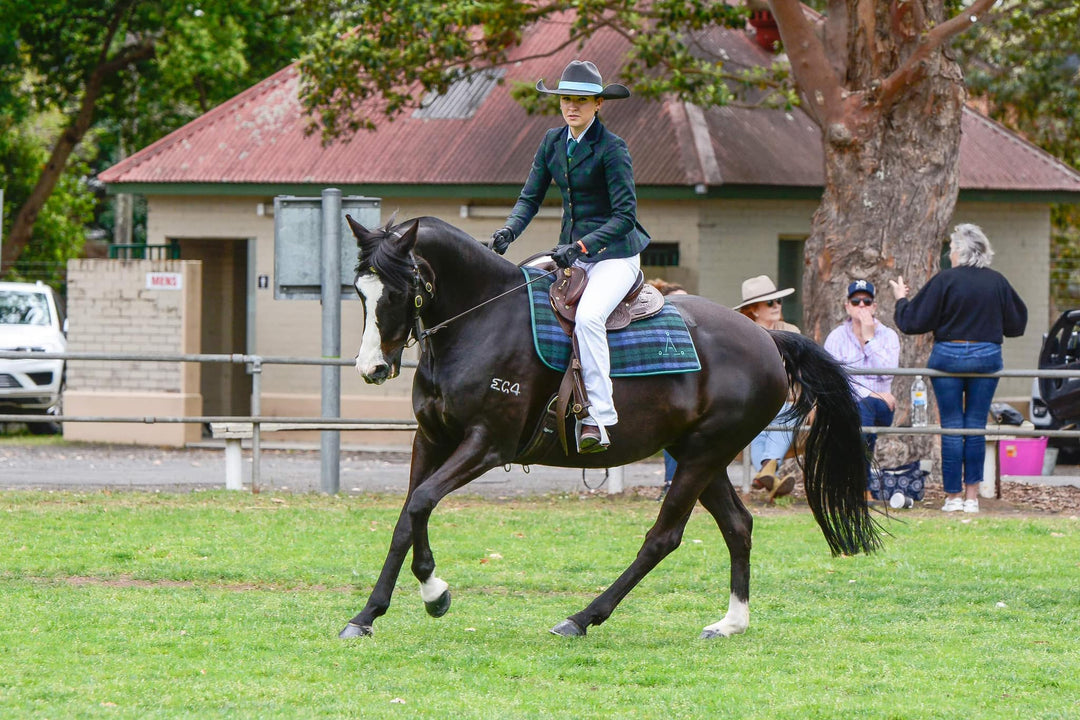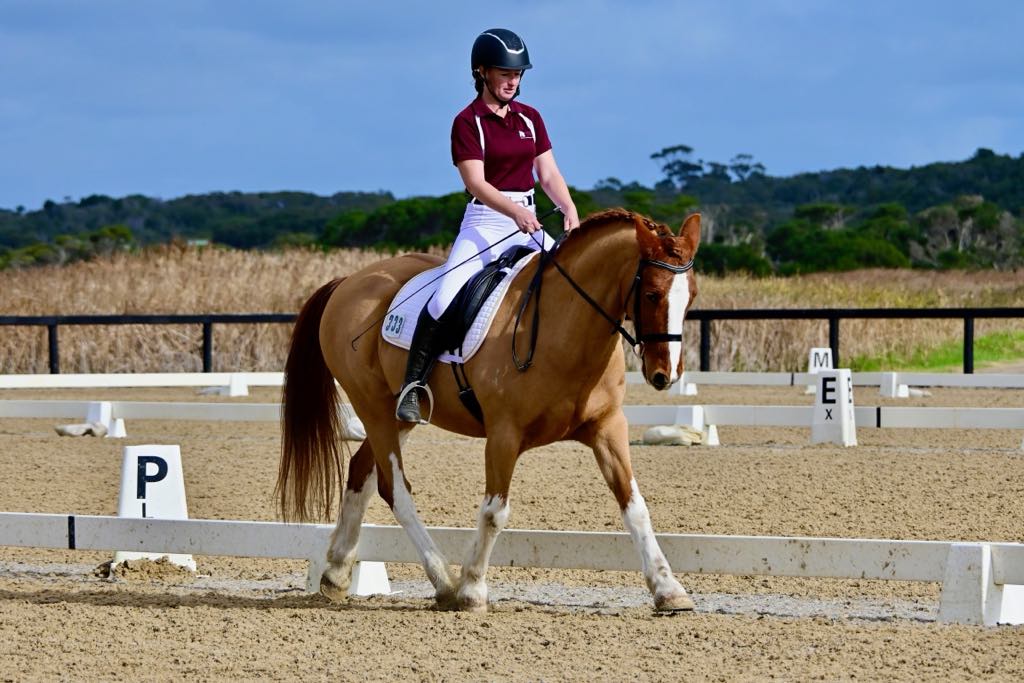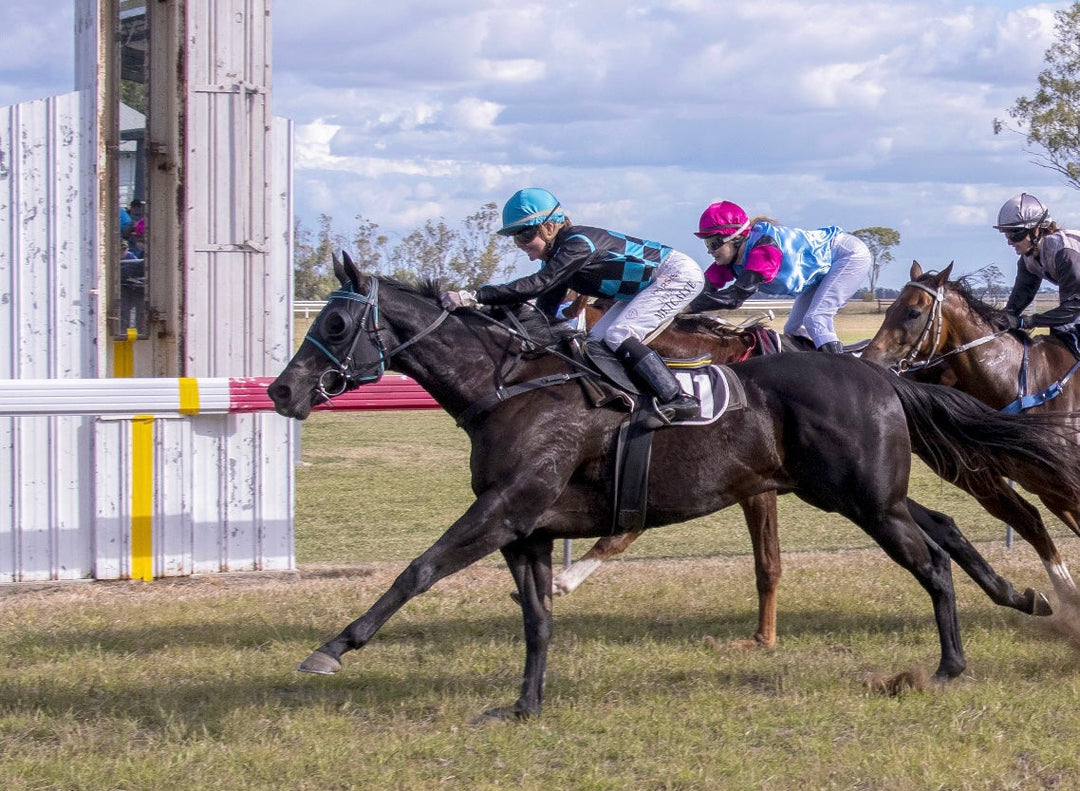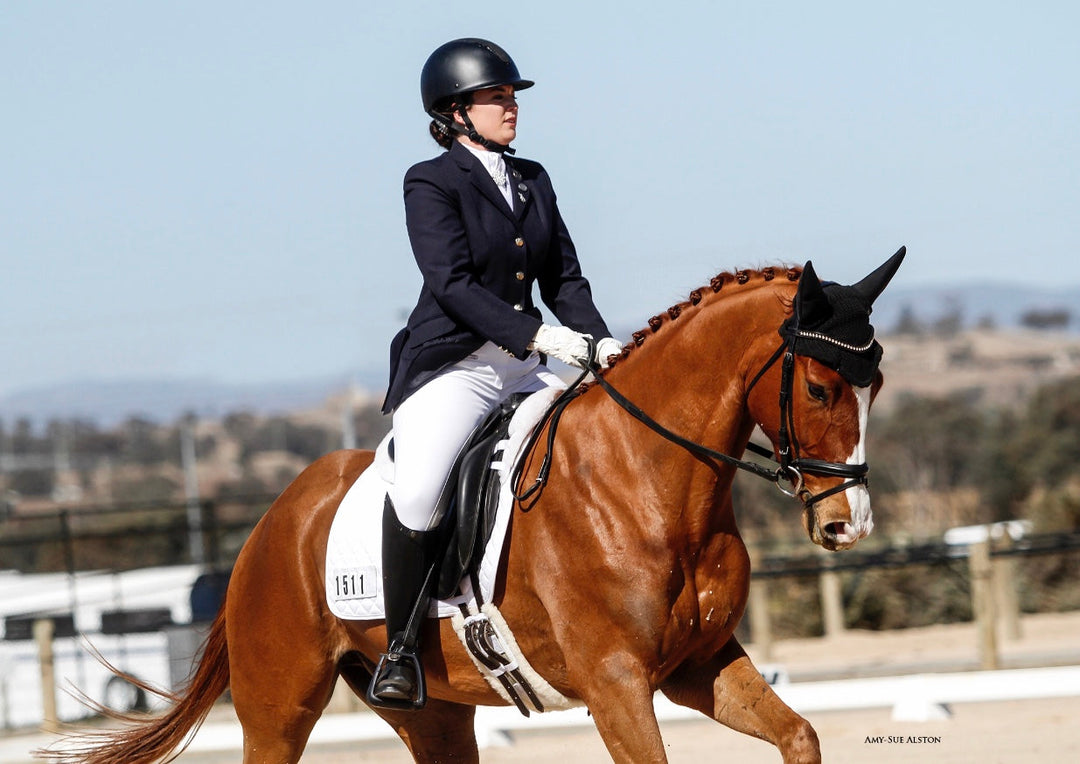Understanding Arthritis in Horses
What is equine arthritis?
In all creatures including horses, the cushioning cartilage which lines the ends of bones in the joints breaks down over time, losing its protective properties. It is possible to develop osteoarthritis as the horses joints deteriorate. If this disease is present in your horse, it will eventually result in lameness.
As your horse's joint health degrades with cartilage break down, the lubricating joint fluid is reduced, and the horse's joint loses its ability to cushion impact and provide a gliding surface between the bones. Consequently, horses with arthritis normally become lame, and may suffer from joint pain even before their unsoundness is visible.
Arthritis in horses is painful, and their motion will become more limited over time.
What causes arthritis in horses?
There are several causes of infectious arthritis, including injections (such as cortisone shots), surgeries, and joint injuries. It is also possible for infections to spread to the joints through the bloodstream. An injury can lead to osteoarthritis, damaged ligaments and cartilage, chip fractures, and inflammation of the capsule membrane.
What are the effects of arthritis on horses?
A horse with arthritis may exhibit any or all of the following - look for these symptoms of arthritis and joint pain in your horse:
- Stiffness - In the early stages, the stiffness in horses suffering from arthritis will disappear once the horses have warmed up. In more advanced cases of arthritis in horses the stiffness caused by the pain in their joints will remain visible.
- Pain - Look for reluctance to go forward, and unwillingness to perform.
- Changed behaviour - Horses may become spooky, buck, rear or become 'rushy' and 'hollow' as they react to or try to avoid pain
- Heat - in the joints affected by equine arthritis
- Joint inflammation - Joints may visibly swell or be inflamed under thermal imaging
- Lameness - Horses with arthritis often exhibit a limited range of motion, an uneven gait, and general unsoundness
- Bony growths - Bone spavin, spurs like ringbone, osteophytes
- Muscle atrophy - muscles may become smaller or unevenly balanced as the horse compensates for the uneven or limited movement caused by pain.
How do you define lameness?
A horse's gait or stance may affect the locomotor system structurally or functionally. Your horse may favor a particular leg, avoiding too much weight or not using it if it suffers from lameness. When riding your horse, you may notice difficulty turning it in circles. Their hips can appear lop-sided or uneven. When your horse experiences lameness, seek a veterinarian's diagnosis. There are numerous reasons why your horse may be lameness. A lame horse requires treatment according to the condition, as it won't go away naturally.
Symptoms of joint swelling
Fluid accumulation in the joints leads to swelling. Swelling may enlarge or shape the joints abnormally. In addition to making moving extremely difficult, swelling can cause extreme discomfort. Different conditions, such as arthritis, infection, and injury, can cause joint swelling.
Muscle mass loss
Muscle atrophy is caused by inactivity. Atrophy can lead to noticeably smaller muscles depending on how severe the loss is. Muscle waste can be caused by genetics, neurological problems, aging, malnutrition, and prolonged immobility. The following treatments may be beneficial: regular physical therapy sessions, daily activity, pain relief, essential vitamins, and joint supplements.
Understanding arthritis in horses
The weight-bearing joints of our horses' legs tend to be most prone to arthritis. However arthritis can also develop in horses due to extra stress or injury to any joint. The repetitive concussive force used in a particular equestrian sport can increase a horse's susceptibility to arthritis in certain joints.
Arthritis in horses affects any joint that moves, including the knees, shoulder joints, spine, fetlocks, hocks, and stifles. All these joints bear the horse's weight.
Commonly affected are the horse's fetlocks, knees, coffin bones, and hocks.
Managing arthritis in horses - 3 key steps
As part of arthritis management in horses, it is imperative to reduce inflammation, reduce discomfort, and work to slow the progression of joint damage.
Equine Joint Plus is designed to support your horse's joint health
Equine Joint Plus is composed of ingredients chosen for a variety of reasons.
- Glucosamine, the cartilage building block, protects bone ends and ensures smooth movement.
- Chondroitin assists cartilage and joint elasticity, water retention, and shock absorption.
- Hyaluronic acid is suitable for shock absorption and supporting joint composition due to its lubricating ability and high viscoelasticity.
- MSM assists to block pain impulses from reaching the horse's nerve fibers. Anti-inflammatory properties make MSM helpful for arthritis.
- Vitamin C plays a key role in collagen synthesis and repair.
Your horse will receive only the highest quality supplement, because Equine Joint Plus is manufactured in APVMA-approved facilities that follow GMP (Good Manufacturing Practices).
With the assistance of veterinarians and scientists, we researched and developed equine and canine supplements specifically formulated for daily consumption. As part of our commitment to producing premium products, we do not cut corners when formulating or manufacturing our products.
In addition, our products are endorsed by equine vet, Dr. Nikita Stibbard, a Veterinary Science / Veterinary Biology Honors class 1 graduate.
DISCLAIMER
All information on the Aussie Joint Health website is for educational purposes only. There is no diagnosis or treatment intended for individual animals in the Aussie Joint Health content. It is imperative that you address any questions or concerns you may have about your animal with your veterinarian. The information provided on Aussie Joint Health should not replace your relationship with your veterinarian. This blog post is intended to help you have a better conversation with your veterinarian about the appropriate treatments to use for your pet.








